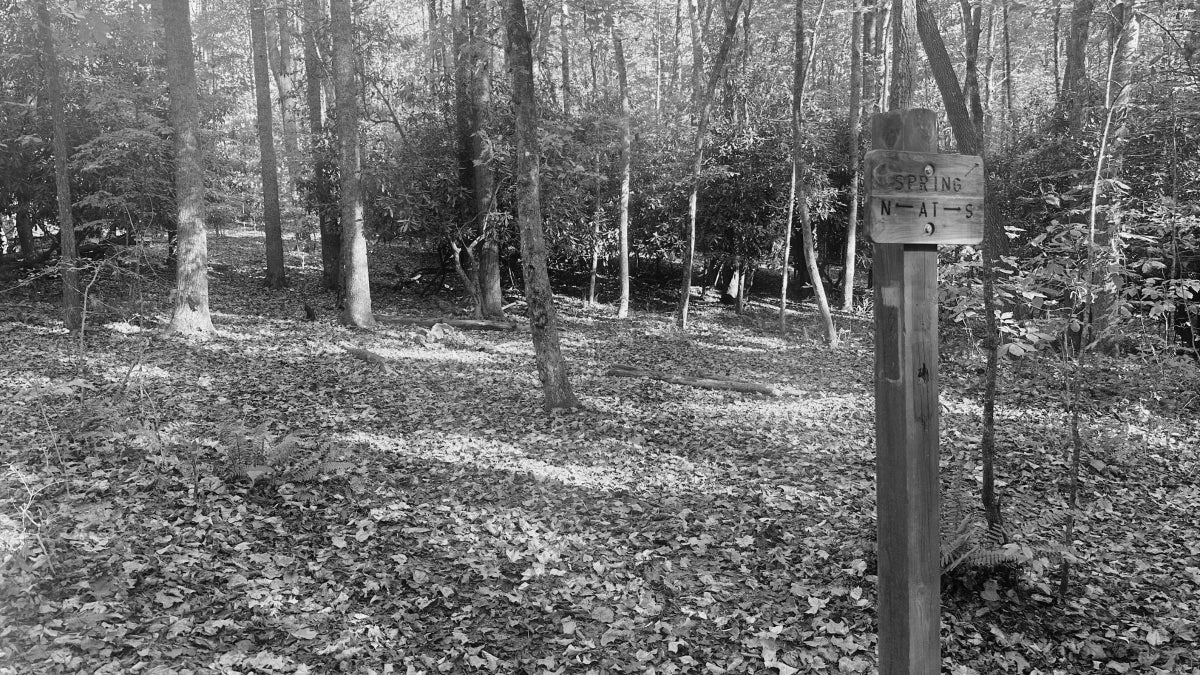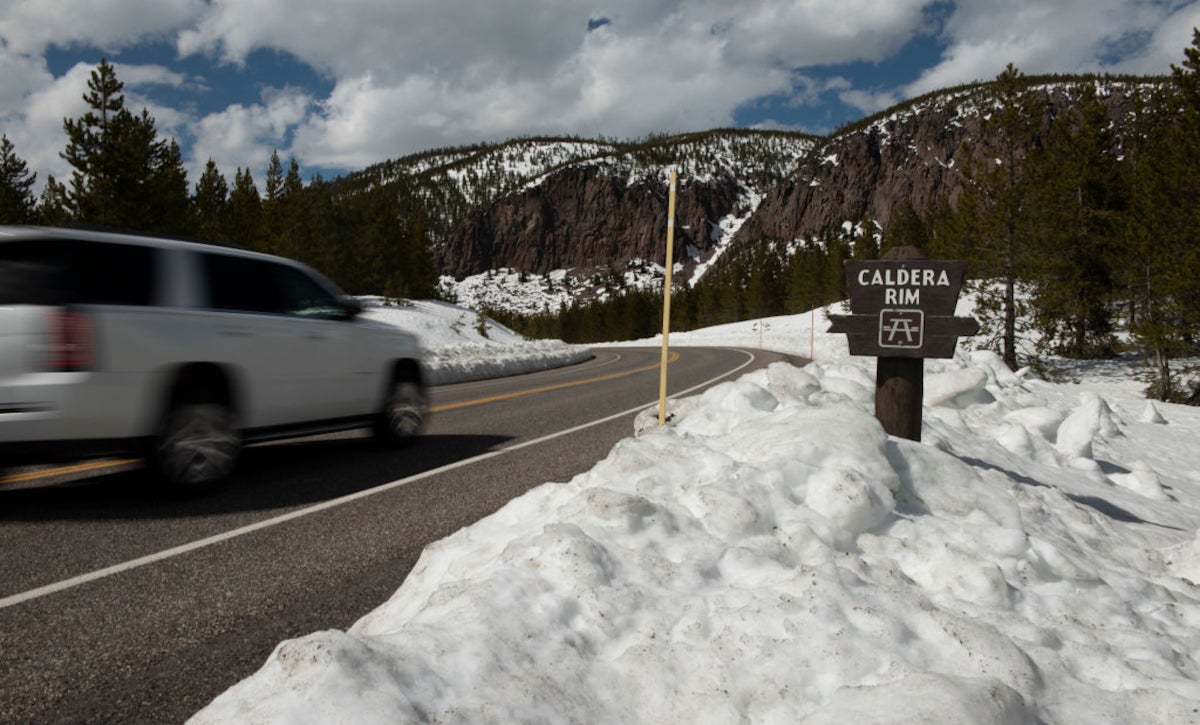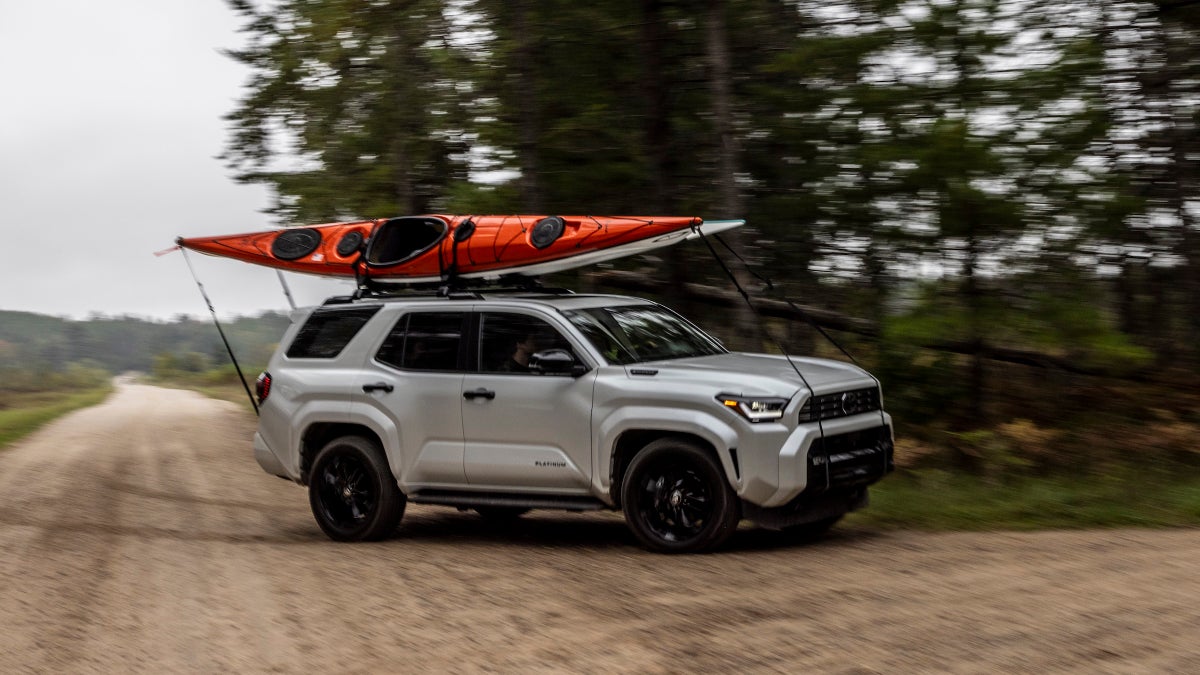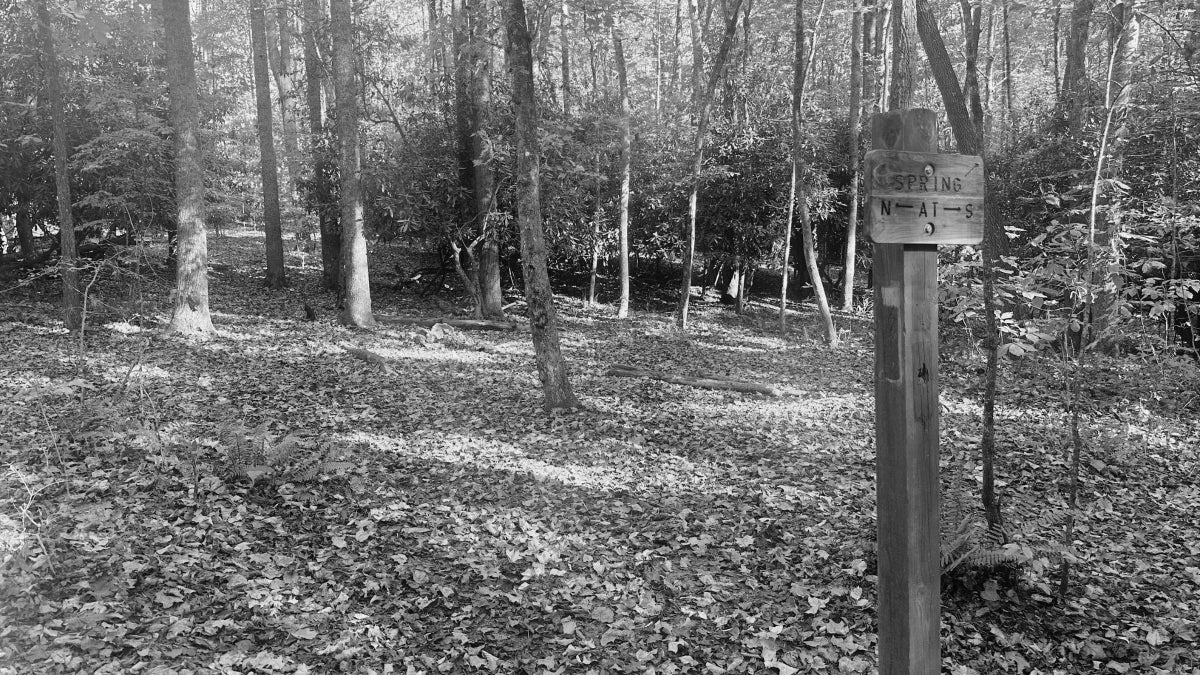
Two weeks ago, during a work trip through Southwest Virginia, I had a couple hours to spare. I had, however, no doubts about what I was going to do with the time: get on the Appalachian Trail (AT). Having finally left the East Coast two years ago for the country’s Rocky spine, I find myself missing the AT like I miss the ocean or soul food, pieces of my constitution I only recognized as critical the moment I lost easy access to them. Even a quick visit to the country’s best long-distance trail feels sustaining now, like a long hug from an old friend—a fire you can carry with you, something intangible to keep you warm.
Headed west toward Marion, the cradle of that delicious Southern elixir called Mountain Dew, I aimed for the nearest trail intersection that I spotted on FarOut, still the standard mapping app along the AT. The moment I climbed out of my rental car, I realized my mistake. I had accidentally navigated to the site of a 2019 trail murder, when one hiker was killed and another, who has since become a friend, was critically wounded and fled six miles in the dark to save her own life. That night six years ago, I had finished almost a quarter of my own first thru-hike, headed north from Georgia to Maine. I was camped just six miles to the south, in a shelter with pals who had intended to walk another six miles north until they saw that our little trail family was making s’mores. They stayed with us and, it turns out, stayed safe.
The morning after the stabbing, that bit of trail was a closed crime scene, so we anxiously waited in a nearby hostel for news about our people. The next day, we headed south rather than north to make up those missed miles, moving quickly past the campsite where it had all happened as if it were already haunted. So two weeks ago, despite the feeling of dread that the place still holds for me, I decided it was finally time to walk in the same direction in which, those few crime-scene miles excepted, I’d traveled the entire trail. I could spend some time at the site, I reckoned, to sit with the memory. As the sun started to drift toward the horizon late in the afternoon, it felt, too, like a good time to remember all that so many hikers who hadn’t been attacked had lost that night—the sense that the AT was a safe bubble, a thin strip of idealized life carved into the woods of 14 states.
The morning after the stabbing, that bit of trail was a closed crime scene, so we anxiously waited in a nearby hostel for news about our people.
In less than a mile, after crossing an idyllic cow pasture where the trail’s white blazes appear almost proud from their perches on wooden fenceposts, I was back where it had happened. Or at least I thought I was. This being the South, I expected maybe a simple wooden cross tucked near the rhododendrons, perhaps a concrete slab engraved with “Stronghold,” the name of the murdered Army veteran. But there was nothing in the way of a memorial, only a sign pointing north and south and a series of blue blazes leading to a nearby spring. I scrolled through six years of comments on FarOut, which had then been called Guthook and had been filled with speculation, consternation, and anxiety over what had happened. But only two remarks from 2019 remained, one about the wonderfully cold water and another about highway noise. I snapped a few photos and sent them to friends to ensure this was the place. It was.
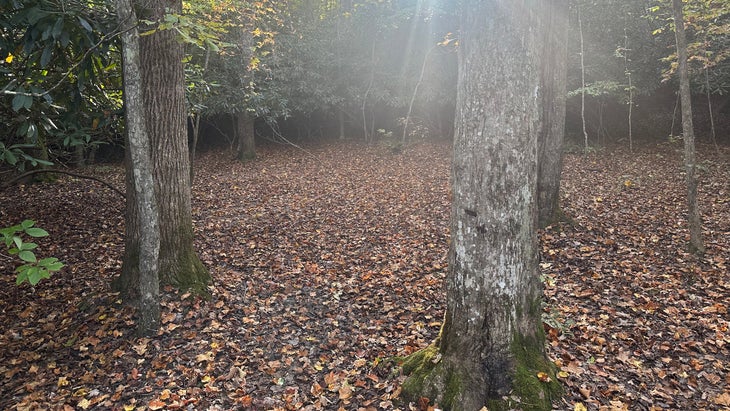
“Memorials and memories and items were placed there by hikers, and we left those there for about six months,” Ron Hudnell tells me several days later. Since 2014, Hudnell has volunteered for Piedmont Appalachian Trail Hikers, the nonprofit that maintains that stretch of trail. “But it seemed like it was becoming less organized, more spontaneous. We decided to remove it.”
This is, of course, reasonable. The Appalachian Trail isn’t Jim Morrison’s grave, littered with the ephemera and graffiti of thousands of fans. Leave No Trace principles suggest the trail should be kept as clean and natural as possible. But there are actually several memorials and markers on trail already, like the one remembering an “inoculation station” against smallpox during the Revolutionary War and another for a 19th-century Tennessee mountain man named Nick Grindstaff. There are multiple graveyards along the trail, too, their grass sometimes mowed by trail clubs like Hudnell’s. The AT, then, is not some long walk through pristine woods and never has been. And Hudnell confirms that his club would be happy to maintain any sort of memorial approved by the Appalachian Trail Conservancy (ATC), the de facto overseer of all 2,200 miles. It needs to happen.
In April and May 2019, almost everyone who encountered James Jordan—the hiker who called himself “Sovereign,” which is a mighty fine red flag if I’ve ever seen one—knew he was trouble. I was a day behind him for the better part of a week, and I kept hearing stories about how he’d beaten his dog, shit behind a shelter full of folks, and repeatedly threatened a teenage girl on trail. His presence fortified the trail’s grapevine, with both hikers and people who live in the small towns that line the AT sharing news of his movements. Cops were called, and questions were asked.
In a log left at a trailside restaurant, one hiker wrote on May 10, “4pm: I totally just saw Sovereign heading NoBo from the window here, FYI guys! I googled it to make sure I wasn’t mistaken, it’s him (and his dog).” A few hours later, Sovereign stabbed that very hiker, Kirby Morrill, repeatedly with a 17-inch knife. She escaped with her life as he searched for his dog. I read her note the next day, the damage already done.
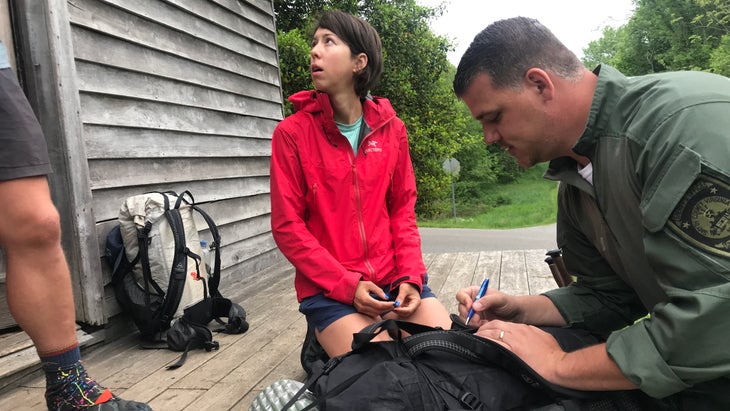
I don’t know that we took all the warning signs seriously enough. On a long trail, the rest of the world and its woes start to fade, leading to a kind of hiker high where the worst that can happen seems to be maybe a broken ankle, too many mosquito bites, or a missed resupply box at a rural post office that closed too early. The stakes of the lifestyle seem lower, the rewards greater.
But what if we had known enough to stick around in town when cops told us we needed to in order to press charges? What if we had known enough to camp in bigger groups or to keep watch when he was around, to keep each other safe? What if we had known enough for Sovereign to simply be some weird trail footnote we mention in group texts six years later, not someone who changed our understanding of innocence and safety? (I asked Morrill, by the way, if she wanted to offer her perspective here, but she declined; we spent a while catching up, nevertheless, as old hikers do.) We knew Sovereign was a threat, but we were on the Appalachian Trail. Life was as great as it had ever been, and everything would be fine. We were wrong.
Memorials and historical markers don’t simply indicate a place where something important once happened. They tell stories about what has been and offer some insight about what might still be. I try to imagine myself now as a first-time thru-hiker, coming across a memorial for a fellow hiker who was murdered on trail. Sure, maybe I’d be overly anxious, but I’d also take the idea of keeping each other safe more seriously. I would think about how we, a class of hikers, might succeed where the cops of North Carolina, Tennessee, and Virginia and the mental health services of the United States failed.
Life was as great as it had ever been, and everything would be fine. We were wrong.
As I consider the missing memorial, it reminds me of the Trump administration’s current erasure of this country’s original sins in plaques and programs that mention slavery and Indigenous massacres. History is a warning against things that might happen again; ignoring it simply makes those to whom it may happen more vulnerable. That the ATC has not done something to honor Stronghold or at least to acknowledge what happened to him 300 miles south of its headquarters—and that Farout has ostensibly scrubbed its data clean of the incident—is to fail future hikers, to not let them know that horrors can happen, even amid the heaven that a thru-hike may be.
When I asked FarOut about those missing comments, an official simply linked me to their comment policy and, when pressed, offered an Orwellian bit of evasion. “The comment policy is the whole of our policy and we abide closely by it,” they said.
The ATC, at least, was a bit more humane: “I know it must have been deeply unsettling for you to be so nearby when this tragic event occurred,” an official replied, before essentially confirming that there were no current plans for a permanent memorial. I appreciated the care, but this isn’t about me, my memories, or any vestigial trauma I might have. It’s about who comes next and having the respect to tell them what has happened, so that, as best as they can, they can guard against it happening again.
The post The Missing Memorial for the Murdered Appalachian Trail Hiker appeared first on Outside Online.










